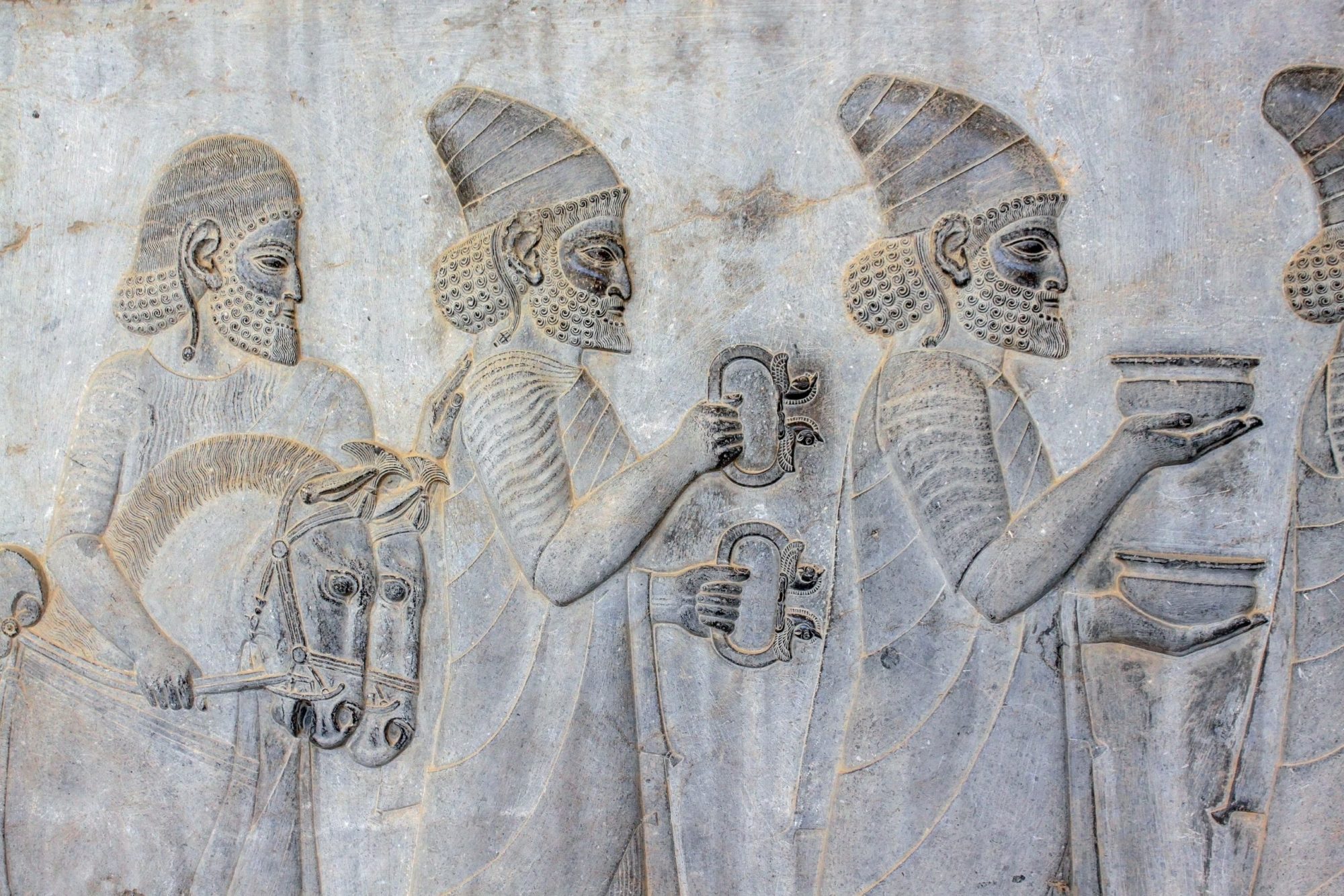Think about the cultural sites around the world that are important to you. For most Americans, these sites would include the Statue of Liberty, the Lincoln Memorial, Mount Rushmore, among others. Imagine if these sites were targeted and destroyed by our enemies, nations that decided to throw off the yokes of the laws of armed conflict and destroy sites that are a testament to American values. Earlier this month, President Trump threatened to target cultural sites important to Iranians, sites like Imam al-Rida shrine in Mashhad and Persepolis, a monument to an ancient civilization that began in 515 BC. His threat is a testament to his willingness to violate the laws of armed conflict using strategies that war criminals and terrorist groups have employed for ages. While tensions between the US and Iran have de-escalated for now and the press coverage has moved on, President Trump’s doubling down on the threat to deliberately harm Iran’s cultural property necessitates congressional action.
On January 4, President Trump tweeted that the United States had targeted 52 Iranian sites including some important to Iran and the Iranian culture. When pressed on this issue, he later doubled down on this threat by saying, “They’re allowed to kill our people… and we’re not allowed to touch their cultural sites?” And while he publicly walked this back a day later saying, “I like to obey the law,” this statement is not enough. The threat itself is a violation of a previous commitment which signals that we might violate other laws of armed conflict and puts us on the path to becoming the villains we have decried on the world stage for years. Policymakers must demand a firm recommitment to US policy for three key reasons:
First, the US committed to not target cultural sites in times of war when it ratified the Hague Convention for the Protection of Cultural Property in the Event of Armed Conflict in 2009. This treaty binds countries that join it with a commitment to protect cultural sites within the territories of other states in the event of armed conflict. This means that even if the United States were to be hit by a military attack on its soil, our cultural sites would presumably be protected, as long as the attackers were also signatories. Reneging on the commitments in this agreement would undermine the protections in this treaty and leave open the possibility that other countries could choose to also violate it by targeting cultural sites significant to Americans.
Targeting cultural property is a tool used by regimes and groups that the US would traditionally call the worst of the worst — President Trump has now signaled his willingness to emulate their actions.
Second, Trump’s threat signals the possibility that the United States under his leadership might be willing to violate other laws of armed conflict, which puts the security of all Americans, especially American troops, diplomats, and aid workers at risk. The laws of armed conflict set standards of warfare and establish lines that are not be crossed. These include not using chemical weapons, safeguarding fundamental human rights of prisoners of war, and protecting certain properties like hospitals and cultural sites. Threatening to violate one law of armed conflict calls into question our commitment to the other laws of armed conflict, which puts Americans around the globe and our mission at risk.
Third, targeting cultural property is a tool used by regimes and groups that the US would traditionally call the worst of the worst — President Trump has now signaled his willingness to emulate their actions. The destruction of cultural property is a tool ISIS used in Iraq, Syria, and Libya. It serves as a graphic and horrifying way to capture the world’s attention, which is often the point, while dealing a permanent blow, destroying sites that can never truly be rebuilt. ISIS posted propaganda videos of fighters destroying the Temple of Baalshamin, which was one of the best-preserved historic sites in Syria, and clips of militants ruining Mosul Museum in Iraq with pickaxes and sledgehammers. And it’s not just ISIS. In 2001, the Taliban destroyed a 6th-century statue of Buddha in Bamian, Afghanistan. In both cases, governments and citizens from all over the world came out forcefully against the destruction of heritage. Using the same tactics as these groups puts the United States’ moral leadership around the globe at risk.
To be sure, the Trump administration has threatened and committed many atrocious acts deserving of congressional action, ranging from putting children in cages to the Muslim ban. But threatening to destroy cultural sites is uniquely concerning, since it not only threatens our moral standing, but could lead to an escalating global war that would put Americans in harm’s way.
While the threat of immediate action against Iran’s cultural sites is reduced at the moment, the troubling implication remains that our president has cleared a path to use this response in the future, which puts the security of our own cultural sites and our people at risk. Congress needs to secure a commitment from the administration that the United States will abide by our commitment to the Hague Convention and definitively put an end to this threat.
Anisha Hindocha is the National Security Fellow at Third Way. Prior to joining Third Way, Anisha worked as a law clerk for the Senate Committee on Homeland Security and Governmental Affairs.





















